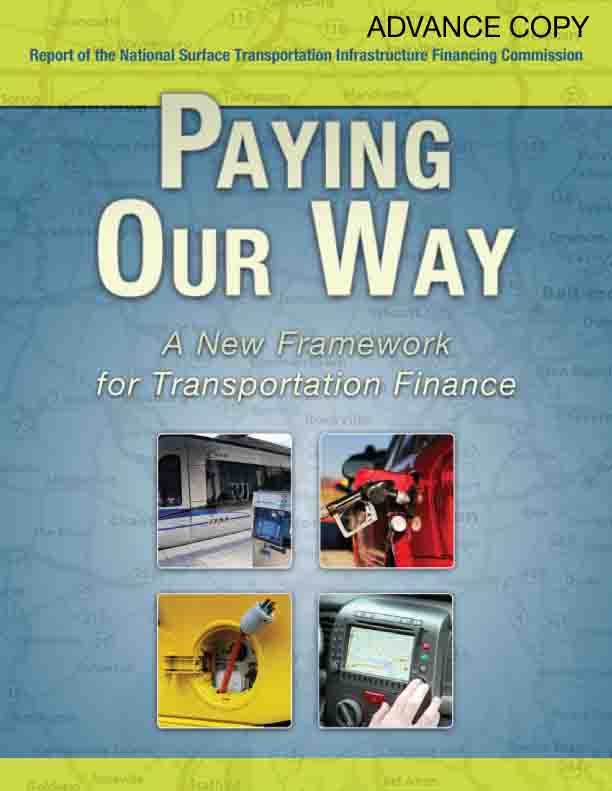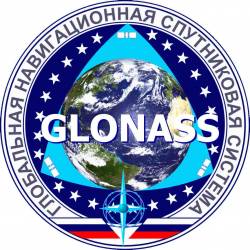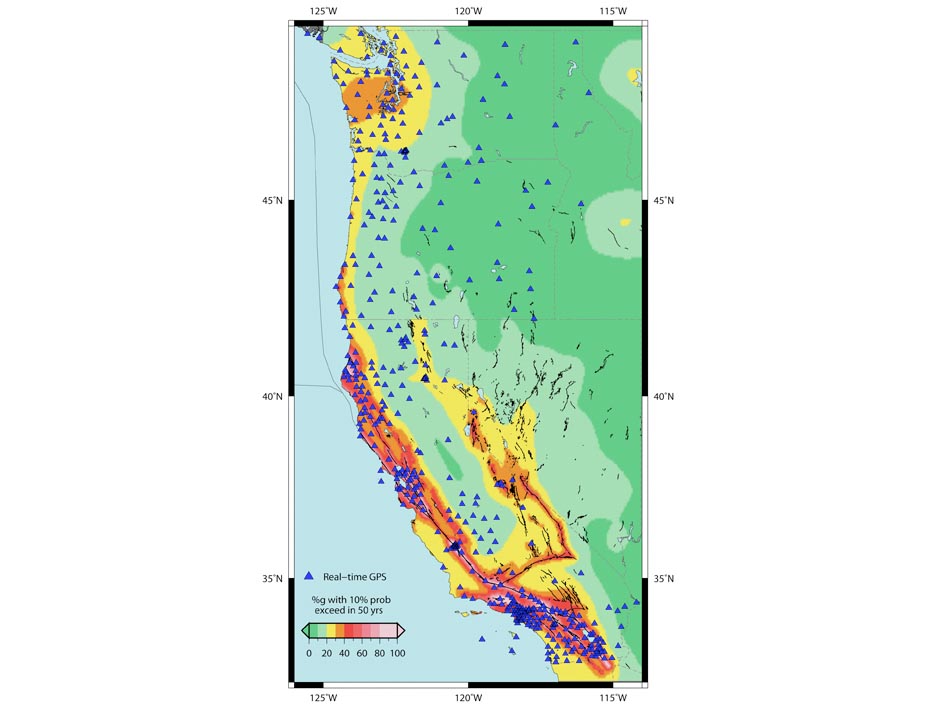
Maybe it was just poor timing.
U.S. Transportation Secretary Ray LaHood’s passing comment that systems for assessing fees based on vehicle miles traveled (VMT) rather than gasoline taxes was quickly shot down by White House press secretary Robert Gibbs in a February 20 news conference.
On February 26, however, the congressionally mandated National Surface Transportation Infrastructure Financing Commission (NSTIFC) came out with a recommendation the United States should do exactly that — and pointed firmly to GNSS systems as a key enabling technology for accomplishing such a transition.
Maybe it was just poor timing.
U.S. Transportation Secretary Ray LaHood’s passing comment that systems for assessing fees based on vehicle miles traveled (VMT) rather than gasoline taxes was quickly shot down by White House press secretary Robert Gibbs in a February 20 news conference.
On February 26, however, the congressionally mandated National Surface Transportation Infrastructure Financing Commission (NSTIFC) came out with a recommendation the United States should do exactly that — and pointed firmly to GNSS systems as a key enabling technology for accomplishing such a transition.
The nation faces a crisis, the commission report opens ominously. “Our surface transportation system has deteriorated to such a degree that our safety, economic competitiveness, and quality of life are at risk.” And the commission believes that VMT could play an important role in providing the funding needed as gasoline taxes decline with more fuel-efficient vehicles, hybrid cars, and greater use of public transit.
On a closer reading (take note, Mr. Gibbs), the report’s conclusions and recommendations could resonate with such touchstones of the Obama administration as energy independence, encouragement of intelligent and green technologies, and reducing the nation’s “carbon foootrpint.”
In its report, “Paying Our Way, a New Framework for Transportation Finance,” recommendation I-8 states, “Congress should give U.S. [Department of Transportation, DoT] the authority and mandate to develop standards for VMT pricing technology and require original equipment manufacturers to install that technology by a date certain that will accommodate the desired 2020 comprehensive implementation.”
The NSTFC further suggests that, to the extent possible, VMT fee systems should be designed to ease integration with intelligent transportation systems (ITS), including traveler information systems. “It should, to the extent possible, also have the ability to integrate with existing vehicle GPS systems (such as GM’s OnStar system or after-market devices from companies like Garmin or TomTom),”
The report concludes that equipping all roads everywhere with the types of roadside equipment used in current electronic toll collection application would be far too costly. “Instead, most concepts for comprehensive pricing assume the use of an on-board unit [OBU] consisting of a GPS receiver, software, and a wireless communications capability,” the report notes.
Such a transition would be easier and cheaper, the commission observed, if the functional elements of such OBUs were mandated by the federal government prior to a decision about replacing fuel taxes with VMT charging. It suggested that this might take place under the auspices of the Vehicle Infrastructure Integration effort, which has been under way for a number of years among the Federal Highway Administration (FHwA), various state DoTs, major auto companies, and equipment vendors.
And, as the mobile phone industry has discovered, mandating GNSS installation on a platform can create synergistic effects. “[S]uch technology would provide other ancillary benefits to travelers, like GPS–assisted navigation.”
Established under the Safe, Accountable, Flexible, Efficient Transportation Equity Act signed into law on August 10, 2005, the 15-member commission was charged with investigating future highway needs, future transit needs, and the level of current and projected Federal Highway Trust Fund revenues and possible alternatives for funding it. The group was established two years ago with Robert D. Atkinson, president of the Information Technology and Innovation Foundation based in Washington, D.C., as its chairman.
Copies of the NSTIFC report are available on the U.S. Department of Transportation website.
Cost Issues
In addition to the technical feasibility of VMT-based systems, the commission spent a good deal of time considering the related cost variables as well as the issue of motorists’ privacy.
The report cites preliminary U.S. DoT research estimates that administrative costs for a national system of road pricing using GPS technology would be 1.7 percent of estimated revenues (equivalent to the cost of processing credit card transactions). “Although this is more than the cost of administering the current motor fuel taxes, estimated at 1.01 percent of revenues, it would still represent a comparatively inexpensive fee to administer.”
Mentioning such projects as Germany’s TollCollect system, the commission points out that the demands of modern toll roads have led to the development of new tolling technologies in recent years that facilitate dynamic pricing and open road tolling without the need for toll booths. “In addition, the cost and functionality of on-board GPS units have evolved to the point where they could facilitate the implementation of comprehensive pricing.”
The major limitation, the reported notes, is that current commercial-grade systems cannot reliably determine which lane a vehicle is in. However, “Next generation GPS satellite systems, however, could solve this problem.”
A second technical issue raised by the report is that GPS reception can be blocked or can produce “multipath” effects in urban areas with high-rise buildings and concluded that further research “is needed to understand the extent of these problems and possible solutions.”
Privacy Concerns
Commission members noted the “concern among policy makers and the general public that a road pricing system that charges based on when and where individuals travel inherently threatens privacy,” adding that “if these systems are not designed and implemented properly, the threat to privacy could be very real.”
Observing that a “great deal of thought has already gone into how a system could be structured to safeguard personal privacy,” the report cites projects in Oregon and Iowa that developed architectures preserving driver privacy.
And, in a welcome departure from the misconception that GNSS systems are inherently tracking systems, the report says, “The key point is that the [GPS] satellite signal is only a one-way signal ‘telling’ the car receiver where it is, and therefore outside the vehicle there is no tracking of where individuals travel. In essence, this receiving function of a VMT system would function like the GPS devices that millions of Americans have already installed in their cars without worry of privacy loss.”
In addition to a federal mileage-based fee system, the commission called for the federal government to facilitate state and local governments’ ability to raise their share of needed revenues in ways that also spur efficient use of the system and stepped-up investment. This could include tolling portions of roads and charging premiums for rush-hour travel in heavily used urban corridors, so-called congestion pricing.
In order to support the transition from the gas tax to a mileage-based charge, the NSTFC recommends a 10-cent per gallon increase in the federal gas tax (15 cents for diesel) and indexing the tax to inflation going forward.
Although the nearly $40 billion in transportation infrastructure spending included in the stimulus package recently passed by Congress will help, that allocation will cover only a very small share of the shortfall in highway and transit funding, according to the commission, and will not address the systemic crisis the nation faces in its surface transportation infrastructure investment.
As required by the law establishing the commission, its report now goes to LaHood’s office, as well as to the Secretary of the Treasury Timothy Geithner, and five congressional committees.





